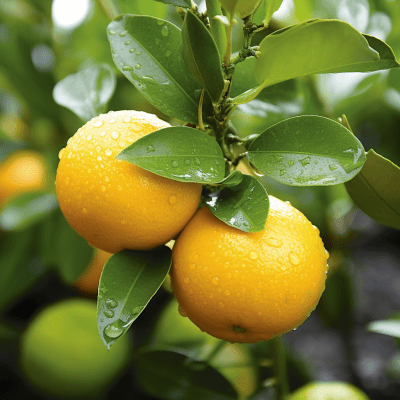
Key Achievements So Far:
The research team, led by Stelinski, has developed an attract-and-kill (AK) trap that leverages ACP sensory responses. This trap, optimized in greenhouse and simulated field conditions, employs multiple sensory cues, including visual and UV colors, chemic
 l attractants, and toxicants. A significant innovation is the use of a novel volatile-release device incorporating graphene. This device precisely controls the release of compounds, mimicking complex citrus scents, through short current pulses in graphene, which acts as an adsorber.
l attractants, and toxicants. A significant innovation is the use of a novel volatile-release device incorporating graphene. This device precisely controls the release of compounds, mimicking complex citrus scents, through short current pulses in graphene, which acts as an adsorber.
Project Team:
The project involves Alexander Aksenov, Douglas Adamson, Ali Bazzi from the University of Connecticut, and Lukasz Stelinski from the University of Florida.
Challenges and Opportunities:
Currently, in the initial stages of a two-year project, the team has optimized the manufacturing process for the graphene composite, ensuring consistent properties. They have also characterized the release of individual VOCs from graphene. A beta version of the device is being assembled for live insect testing. A potential challenge is the deployment of sufficient devices in crop areas to effectively manage ACP populations. However, the relatively low material costs offer the potential for economical large-scale production.
This research represents a significant step forward in developing more effective, environmentally friendly methods to control ACP populations and combat the spread of the HLB-pathogen in citrus crops.
The full title of the original article that was published on the research portal of the University of California: Science for Citrus Health: Method for Generating Optimal Attractive Scents for Asian Citrus Psyllid (ACP) Biocontrol
Research Conducted by: University of Connecticut and University of Florida
Article Contributors:
– Written by: Dr. Alexander Aksenov
– Edited by: Ed Stover, Lukasz Stelinski, Peggy G. Lemaux